Mathematical Models for Systems Reliability
Preliminaries The Poisson process and distribution Waiting time distributions for a Poisson process Statistical estimation theory Generating a Poisson process Nonhomogeneous Poisson process Binomial, geometric, and negative binomial distributions Statistical Life Length Distributions Stochastic life length models Models based on the hazard rate General remarks on large systems Reliability of Various Arrangements of Units Series and parallel arrangements Series-parallel and parallel-series systems Various arrangements of switches Standby redundancy Reliability of a One-Unit Repairable System Exponential times to failure and repair Generalizations Reliability of a Two-Unit Repairable System Steady-state analysis Time-dependent analysis via Laplace transform On model 2(c) Continuous-Time Markov Chains The general case Reliability of three-unit repairable systems Steady-state results for the n-unit repairable system Pure birth and death processes Some statistical considerations First Passage Time for Systems Reliability Two-unit repairable systems Repairable systems with three (or more) units Repair time follows a general distribution Embedded Markov Chains and Systems Reliability Computations of steady-state probabilities Mean first passage times Integral Equations in Reliability Theory Introduction Example 1: Renewal process with a general distribution Example 2: One-unit repairable system Example 3: Effect of preventive replacements or maintenance Example 4: Two-unit repairable system Example 5: One out of n repairable systems Example 6: Section 7.3 revisited Example 7: First passage time distribution References Index A Problems and Comments section appears at the end of each chapter.
{{comment.content}}
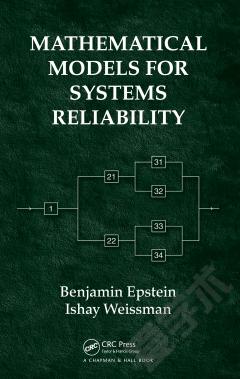
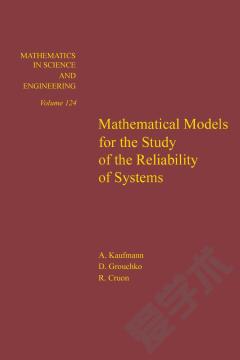
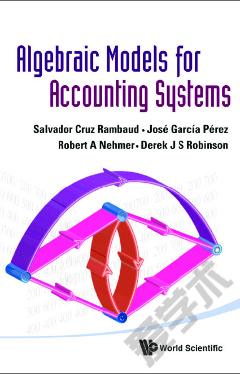
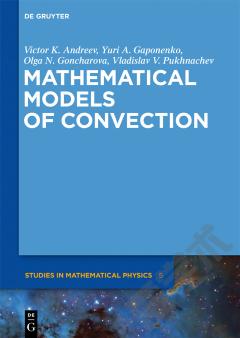
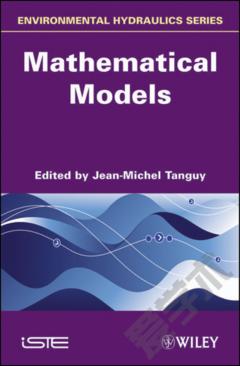
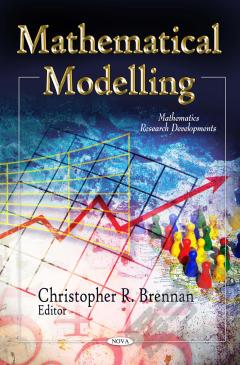
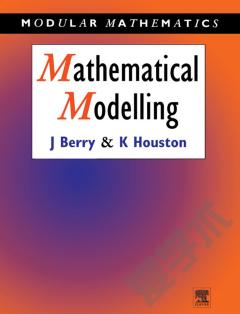

 京公网安备 11010802027623号
京公网安备 11010802027623号